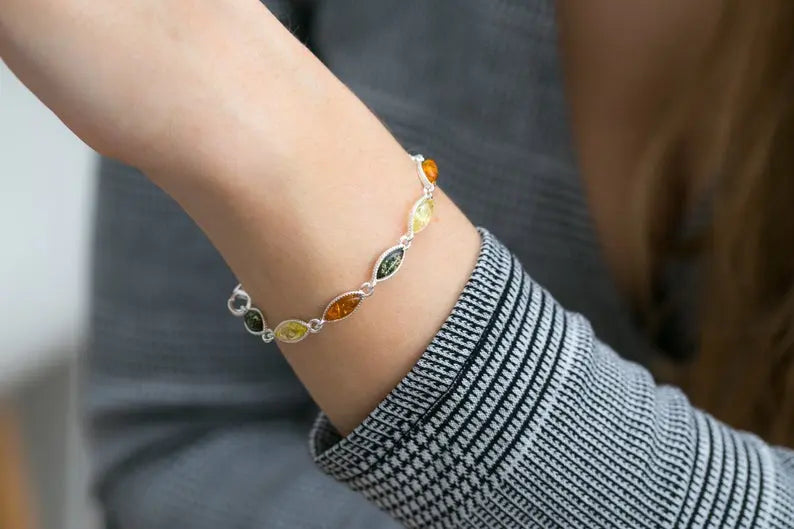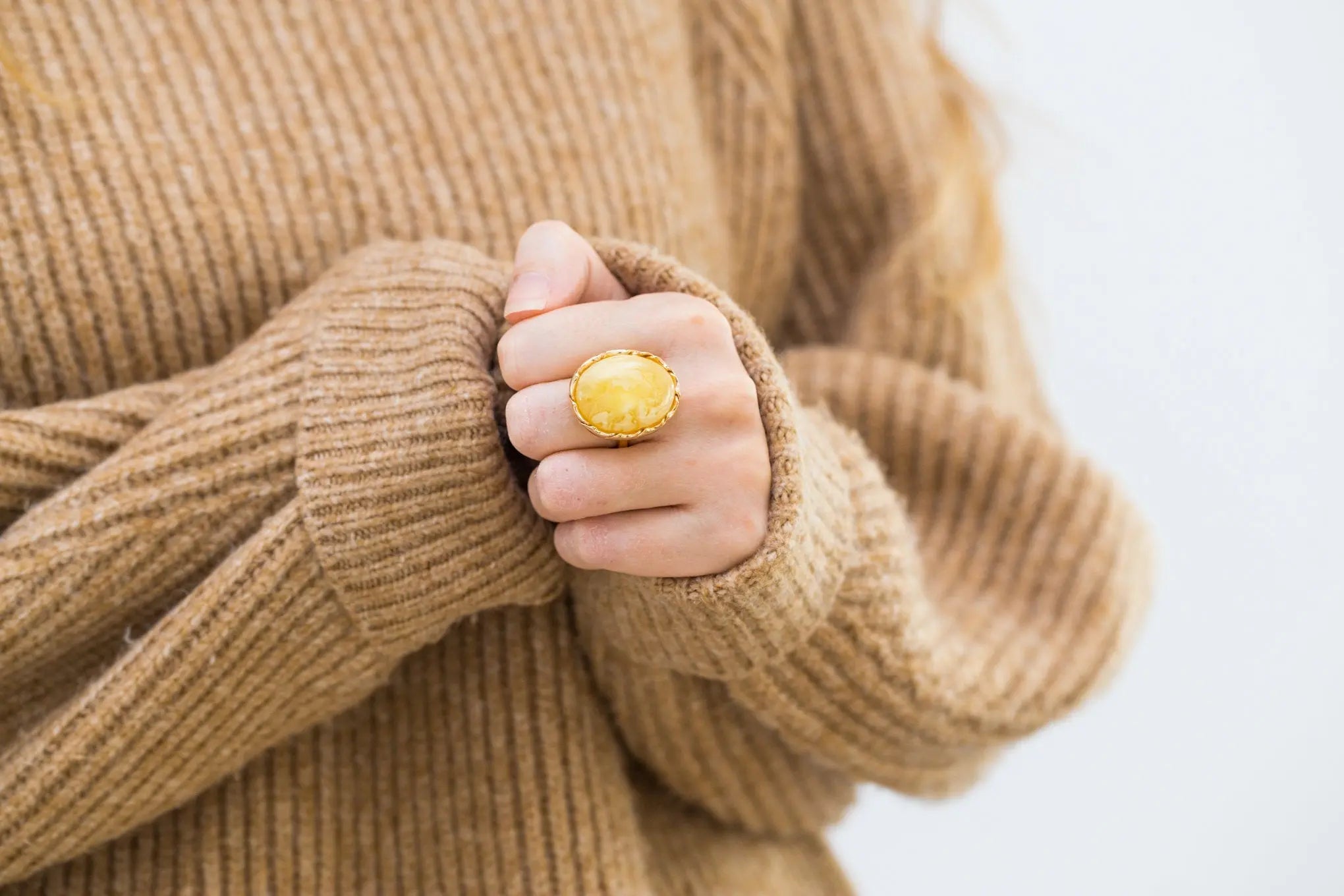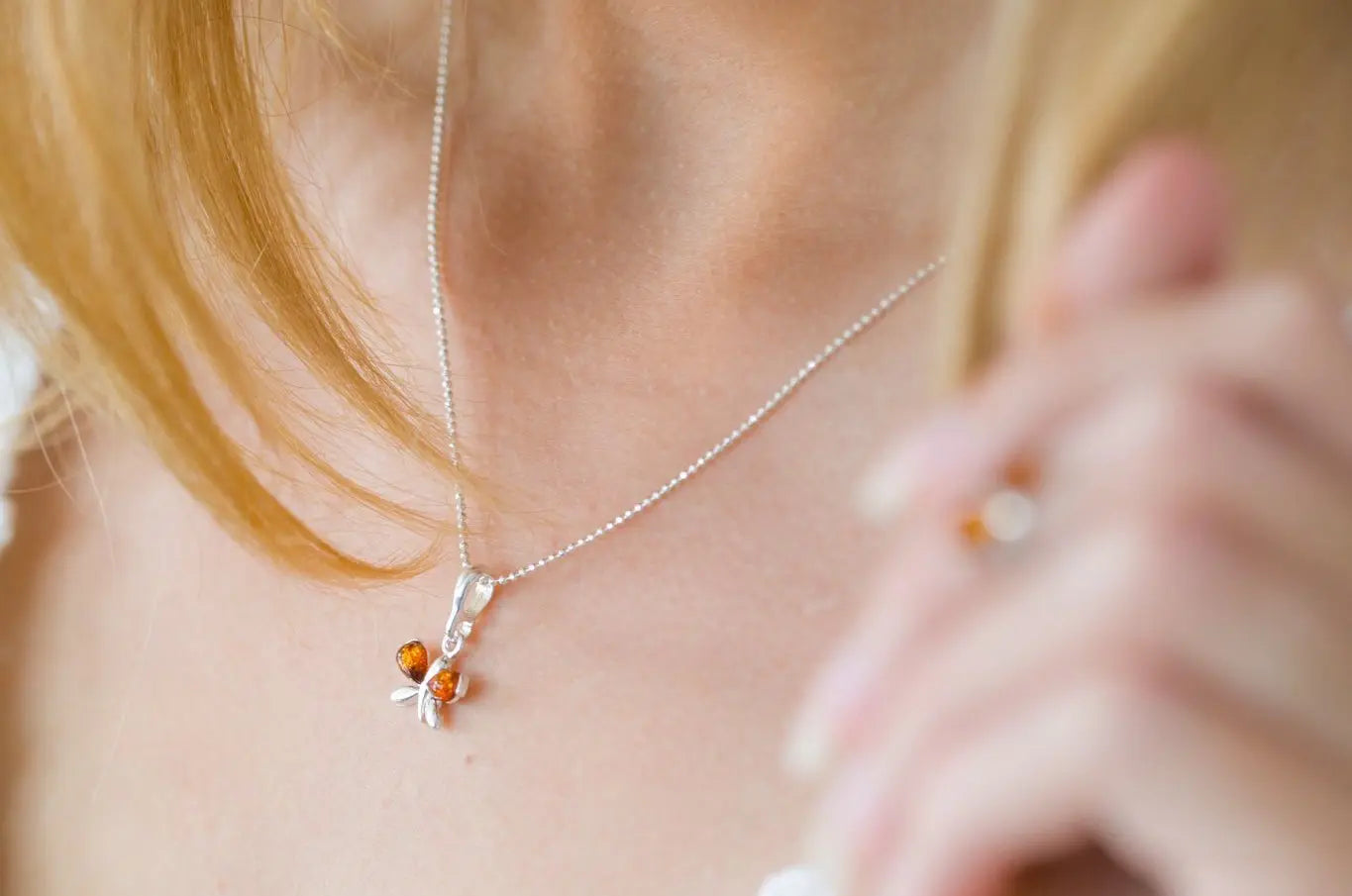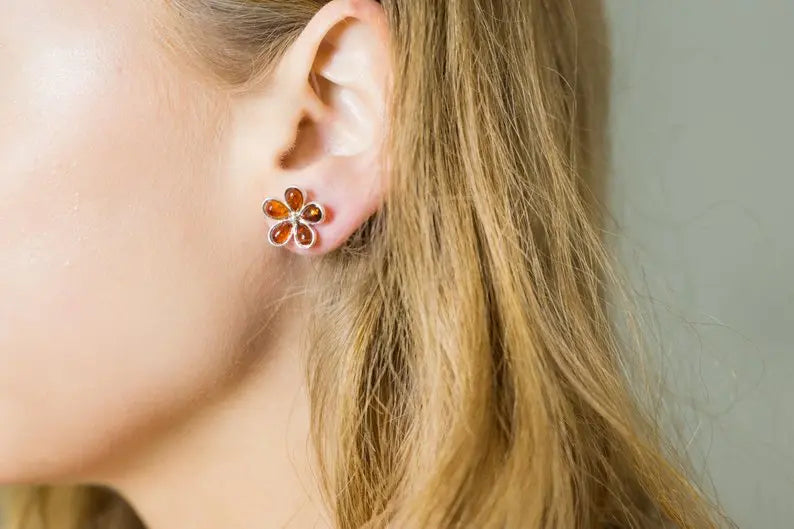When it comes to jewellery, one of the most enduring and popular choices is sterling silver. Its subtle elegance and robustness make it a preferred option for both everyday wear and special occasions. However, like any precious metal, questions arise about its maintenance and resistance to various elements. A common query that surfaces is, "Is 925 sterling silver waterproof?" Let's delve into this topic and debunk the misconceptions surrounding the water resistance of sterling silver.
Understanding 925 Sterling Silver
Before we address the water resistance of sterling silver, let's comprehend what "925 sterling silver" truly means. Sterling silver is an alloy comprised of 92.5% silver and 7.5% of other metals, often copper. This alloying process is conducted to enhance the metal's durability and strength. The "925" hallmark denotes that the piece contains 92.5% pure silver, setting the benchmark for high-quality silver jewellery.
925 Sterling Silver Waterproof vs. Water-Resistant
To accurately tackle the question of whether 925 sterling silver is waterproof, it's crucial to differentiate between "waterproof" and "water-resistant."
Waterproof indicates that an item can be fully immersed in water without suffering any damage or moisture infiltration. Conversely, water-resistant means an item can endure exposure to water to a certain degree but might not be entirely impervious to it.
925 Sterling Silver and Water Resistance
925 sterling silver does exhibit a degree of water resistance. This implies that it can tolerate exposure to water without immediate harm or tarnishing. Wearing your sterling silver jewellery while washing your hands, encountering rain, or even swimming in a pool is generally safe. Nonetheless, a few key considerations should be kept in mind:
-
Chlorine and Saltwater: While sterling silver can withstand exposure to freshwater, prolonged contact with chlorinated water (such as in swimming pools or hot tubs) and saltwater (as found in the sea) is not advisable. Chlorine and salt can expedite tarnishing and cause deterioration over time.
-
Chemicals: Refrain from subjecting your sterling silver jewellery to chemicals like lotions, perfumes, and cleaning agents. These substances can react with the metal and lead to tarnishing.
-
Storage: When not adorning your silver jewellery, store it in a cool, dry place. Using an airtight container or a jewellery box with anti-tarnish properties can aid in preserving its lustre.
-
Cleaning: Regularly clean your sterling silver pieces using a soft cloth to eliminate dirt or residue. Specialised silver cleaning solutions are also available, but exercise caution not to overdo it, as excessive cleaning can induce wear.
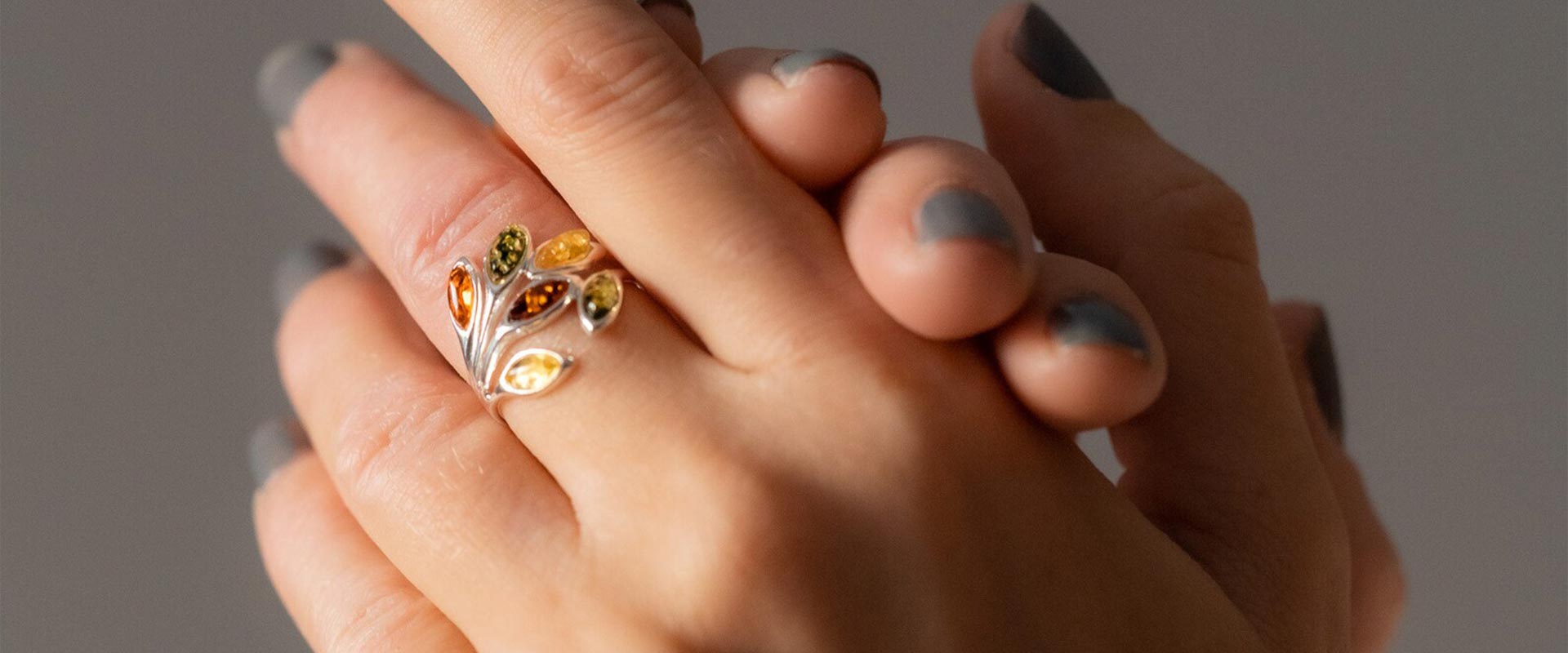
Safeguarding Your Sterling Silver Jewellery
Though 925 sterling silver isn't entirely waterproof, taking precautions can help you uphold its beauty and shine over time:
-
Remove Before Water Activities: Before engaging in swimming or water-based pursuits, it's best to remove your sterling silver jewellery to avert extended exposure to water and potential damage.
-
Thorough Drying: Should your silver jewellery come into contact with water, ensure thorough drying with a soft cloth afterwards.
-
Regular Upkeep: A little care goes a long way. Routinely clean and polish your silver jewellery to sustain its shine and diminish tarnishing.
In Conclusion
925 sterling silver possesses water resistance and can endure everyday water exposure. However, it isn't impervious to all forms of water and environmental conditions. To ensure the longevity of your sterling silver jewellery, it's imperative to exercise proper care, shun prolonged contact with chemicals and water, and store it in a secure and dry place when not in use. By adhering to these guidelines, you can relish the timeless allure of sterling silver for years to come.


